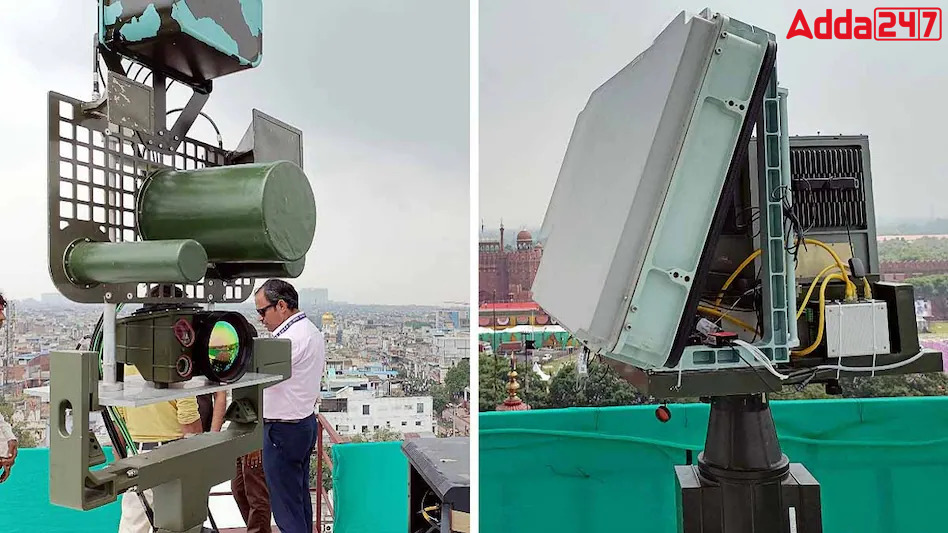In response to escalating tensions along the northern borders with China, the Indian Army has initiated significant enhancements to its air defence capabilities. Central to this strategic maneuver is the deployment of cutting-edge Integrated Drone Detection and Interdiction Systems (IDD&IS), developed domestically in collaboration between the Defence Research and Development Organisation (DRDO) and Bharat Electronics.
Mark-1 Variant IDD&IS: Advancing Indigenous Defence Technology
- Collaborative Efforts: Jointly developed by DRDO and Bharat Electronics, the Mark-1 variant IDD&IS represents a milestone in India’s indigenous defence technology.
- Multi-layered Approach: These systems offer a multi-layered defence mechanism against hostile drones, combining jamming technology with “hard kill” measures using lasers, thus ensuring comprehensive protection.
Operational Capabilities of IDD&IS
- Jamming Technology: Capable of disrupting drones within a radius of 2 to 5 kilometers, providing immediate countermeasures against potential threats.
- Laser-based Interception: Employing high-energy lasers, the system can neutralize drones from distances exceeding 800 meters, ensuring robust defence capabilities.
Deployment and Expansion Plans
- Initial Deployment: Seven IDD&IS units have been strategically deployed along the border, augmenting the Army Air Defence (AAD) network.
- Future Rollout: This deployment marks the first phase of a broader rollout plan, with subsequent iterations expected to feature extended interception ranges for enhanced border security.
DRDO’s Ongoing Pursuit of Directed Energy Weapon Systems
- Commitment to Innovation: DRDO is actively developing advanced directed energy weapon systems, including high-powered microwaves and high-energy lasers, to address evolving drone threats.
- Protection Against Drone Swarms: These systems are designed to provide robust protection against potential drone swarms, ensuring the nation’s defence readiness.




 Indian Navy to Commission First Indigeno...
Indian Navy to Commission First Indigeno...
 Rajnath Singh Inaugurates 125 Border Inf...
Rajnath Singh Inaugurates 125 Border Inf...
 DRDO Transfers Seven Indigenous Technolo...
DRDO Transfers Seven Indigenous Technolo...







